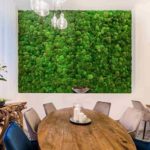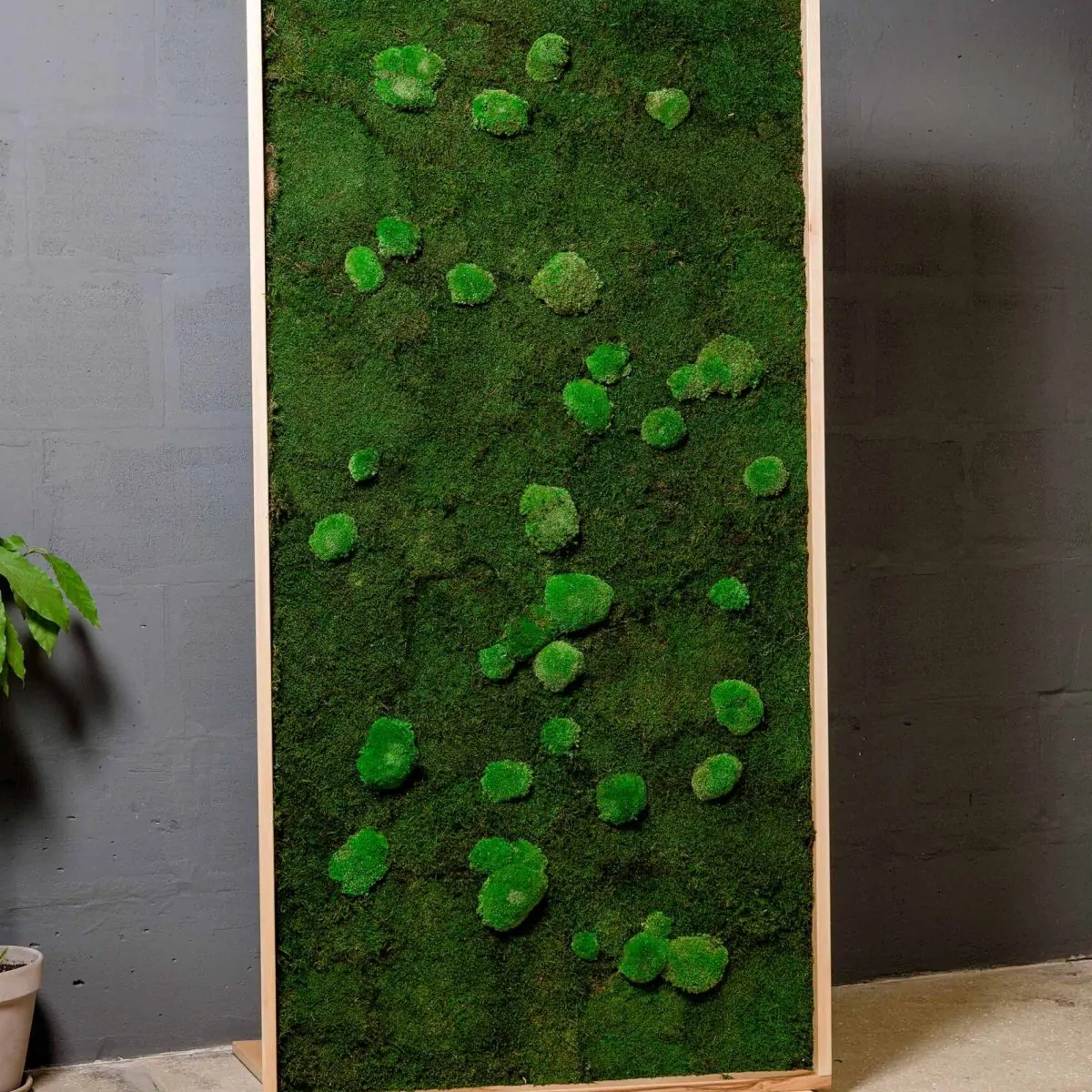A lot of different terms are used in the context of spatial planning in the literature. Often spatial planning, physical planning, conservation planning, environmental planning, landscape planning, landscape design and a lot of other terms are used (Steinitz, 2010; Flaxman, 2010; Opdam et al., 2002; von Haaren, 2004; Jessel & Tobias, 2002; Kaule, 1991; Gontier, 2007; Weiers et al., 2004). But the common sense is the analyzing, evaluation, modeling, designing or the planning of measures (Opdam et al., 2002; Harms et al., 1993; Flaxman, 2010; Gontier et al., 2010) to achieve a more sustainable land management (McHarg, 1969; BfN, 2002). They deal with different scales (spatial, temporal) and pursue different goals (e. g. select conservation sites, design alternative futures, reduce environmental impact; improve urban development in a sustainable way). Therefore it’s necessary to describe some of these terms that will be used in this article especially because some of them are specific German instruments. In all planning tasks you have to deal with spatial datasets (e. g. presence of species, habitats, soil types, land use, water bodies) and create in the planning process new datasets based on this information. Existing evaluation models will be used or new ones will be created using different scientific methods. New visions or alternative futures will be designed and have to be discussed with the public and explained to decision-makers using appropriate media and techniques. And at the end the results must be implemented (e. g. urban development plans, conservation agencies). Planning is not science, which means there are often different ways for the same direction. Scientific models and methods (e. g. landscape ecology) must be used to get the best results but in the end the decision is made by politicians in discussion with the public. Therefore it’s necessary to work with as much as possible transparency (Steinitz, 2010; von Haaren, 2004) to produce convincing results with great acceptance (von Haaren, 2004). GIS tools and methods offer capabilities that are helpful in the whole planning process (Blaschke, 1997; Pietsch & Buhmann, 1999; Lang & Blaschke, 2007; a. o.).
Furniture Design Ideas
Beautiful designer furniture. The ideas of furniture design and interior design of apartments and residential premises. Sofas, tables, chairs, cabinets, furniture for bathrooms, kitchens, bedrooms ...
Furniture Design Ideas © 2021
Frontier Theme


